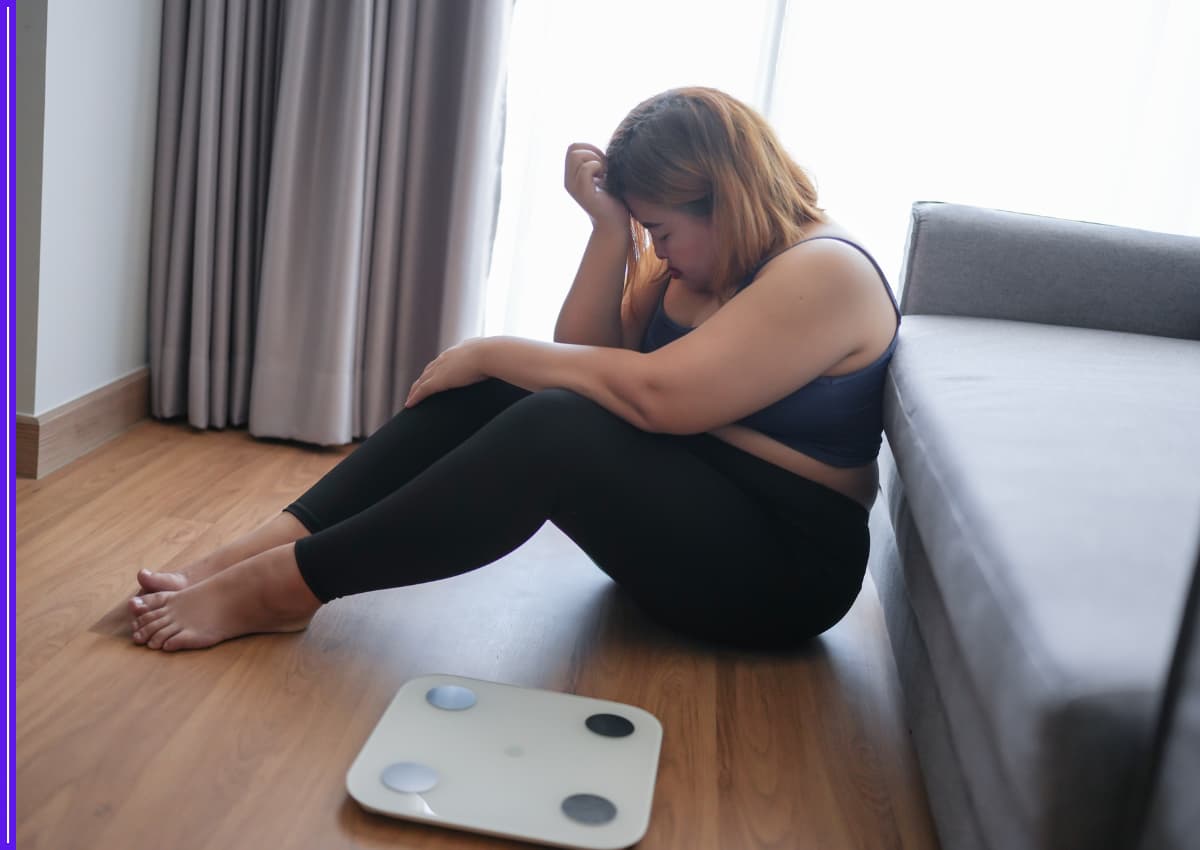In the 21st century, advancements in technology and urbanization have transformed the way people live and work. While these changes have brought comfort and convenience, they have also led to a significant increase in sedentary behavior. Sedentary lifestyle, characterized by prolonged sitting and low physical activity, is alarmingly common, especially among women balancing multiple roles. This lifestyle not only affects general well-being but also contributes to the onset of various serious health conditions that threaten women’s lives globally.
This article dives deep into the connection between sedentary behavior and women’s health, explaining why it is a root cause of many chronic diseases. It further explores practical, scientifically-backed strategies for women to break free from sedentary habits and reclaim their health and vitality.

What is a Sedentary Lifestyle?
A sedentary lifestyle is defined by an overall lack of physical movement, particularly involving extended periods spent sitting or lying down during waking hours. Examples include desk jobs, watching TV, browsing the internet, or commuting long hours by car. Globally, research shows that adults spend on average 7–10 hours daily in sedentary activities, with many women falling into this high-risk category due to modern work environments and lifestyle factors.
The human body is designed for movement. When regular activity is absent, numerous physiological processes start to malfunction. Sedentariness triggers a cascade of metabolic and cellular changes, which increase vulnerability to illness.
Why Are Women Especially Vulnerable to Sedentary Lifestyle Risks?
While sedentary behavior affects everyone, women face unique challenges that can amplify the risks:
- Hormonal Differences: Female hormonal cycles influence metabolism, fat distribution, and bone density. Physical inactivity can disrupt these, increasing disease risk.
- Work-Life Balance: Many women juggle professional duties with caregiving responsibilities, leaving little time or energy for exercise.
- Cultural Expectations: In some societies, women may have limited opportunities or social encouragement for physical activity.
- Higher Prevalence of Certain Conditions: Women are more susceptible to osteoporosis, depression, and autoimmune diseases, which can worsen with inactivity.
The Health Impacts of Sedentary Lifestyle in Women
1. Cardiovascular Diseases (CVD)
Heart disease remains the leading cause of death for women worldwide. Sedentary behavior contributes to poor circulation, increased blood pressure, and unhealthy cholesterol profiles, all risk factors for CVD. Even among women who exercise moderately, long periods of inactivity have been shown to increase cardiovascular risk independently.
2. Obesity and Metabolic Syndrome
Sedentary lifestyle slows metabolism and reduces insulin sensitivity, leading to weight gain and an increased risk of type 2 diabetes. Metabolic syndrome—a cluster of conditions including high blood sugar, abdominal obesity, and elevated blood pressure—is more common in physically inactive women and is a major precursor for heart disease and stroke.
3. Musculoskeletal Disorders
Prolonged sitting weakens core and leg muscles, leading to poor posture, chronic back and neck pain, and decreased bone density. Women are at higher risk of osteoporosis, and inactivity accelerates bone loss, increasing fracture risk.
4. Mental Health Disorders
Regular physical activity is proven to reduce symptoms of depression and anxiety by releasing endorphins and supporting brain health. Sedentary lifestyles have been linked with higher rates of mood disorders among women, exacerbated by social isolation and stress.
5. Increased Cancer Risk
Research has linked sedentary behavior with increased risks of certain cancers, especially breast and endometrial cancer. Physical activity helps regulate hormones like estrogen, which influence cancer development.
6. Other Conditions
- Poor Circulation and Varicose Veins: Sitting or standing too long can cause blood pooling in the legs.
- Poor Sleep Quality: Sedentary lifestyle disrupts sleep patterns.
- Reduced Immune Function: Movement boosts lymphatic circulation and immune response.

Deep Dive: How Sedentary Lifestyle Affects Women’s Bodies
- Cellular Level Effects: Sedentary behavior reduces the activity of enzymes responsible for breaking down fats and sugars.
- Hormonal Imbalance: Physical inactivity lowers production of sex hormones and alters cortisol levels, increasing stress and fat accumulation.
- Inflammation: Sedentary lifestyle raises inflammatory markers, contributing to chronic diseases.
- Brain Health: Reduced neurogenesis and brain plasticity, affecting memory and cognition.
Real-Life Stories: Women Impacted by Sedentary Lifestyle
[Insert brief stories or case studies of women from diverse backgrounds who experienced health challenges due to inactivity and how lifestyle changes helped them.]
Practical Strategies to Prevent Sedentary Lifestyle-Related Diseases in Women
1. Understand Your Daily Activity Level
Track your sitting time and activity with apps or wearable devices. Awareness is the first step to change.
2. Incorporate Physical Activity into Your Routine
- Aerobic Exercise: Walking, cycling, swimming – at least 150 minutes per week.
- Strength Training: Twice a week to maintain muscle and bone health.
- Flexibility and Balance: Yoga or Pilates for posture and injury prevention.
3. Break Up Sitting Time
Use timers or apps to remind you to stand and move every 30 minutes. Simple stretches or walking around the house/workspace make a big difference.
4. Make Workspaces Active-Friendly
- Use standing desks or treadmill desks.
- Take walking meetings.
- Park further from work.
5. Prioritize Mental Health
Combine physical activity with mindfulness, social interaction, and healthy sleep habits.
6. Nutrition and Hydration
A balanced diet supports energy levels and metabolic health.
Overcoming Barriers: Common Challenges and How Women Can Address Them
- Time Constraints: Combine activity with childcare or household tasks.
- Lack of Motivation: Join group classes or find an exercise buddy.
- Physical Limitations: Modify exercises or consult healthcare providers.
The Role of Healthcare Providers and Society
Encouraging physical activity needs to be a public health priority. Healthcare providers can screen for sedentary behavior and prescribe lifestyle changes. Communities should create safe spaces and policies that encourage movement.
Emerging Technologies and Tools
Fitness trackers, virtual exercise classes, and apps can help women stay motivated and accountable.
Conclusion: Taking Control of Your Health
A sedentary lifestyle is a silent but powerful contributor to serious health issues in women. Awareness, small daily changes, and a supportive environment can transform health outcomes. By prioritizing movement, women can reduce the risk of chronic diseases, improve mental well-being, and enjoy a longer, more vibrant life.
If you want, I can continue with more detailed sections like the biological mechanisms, extensive prevention plans, in-depth case studies, expert opinions, latest research, or focus on different age groups.









